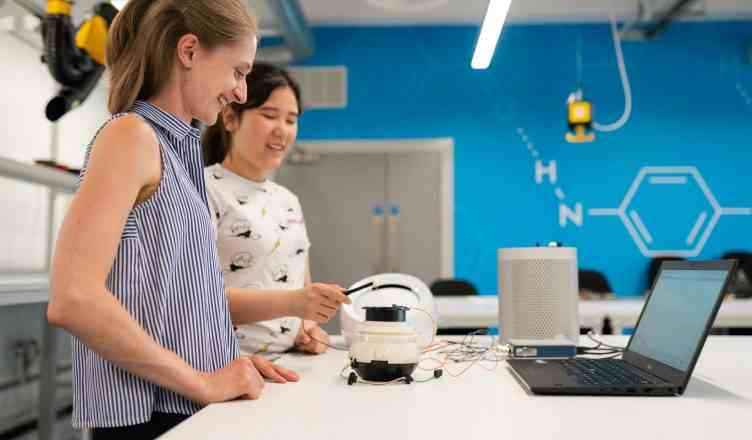In the hit romantic comedy, “My Big Fat Greek Wedding”(2002), Fotoula “Toula” Portakolas, an unmarried, 30 year old daughter of Greek immigrants, conspires with her female relatives to trick her traditional father into allowing her to work in her aunt’s travel business. Toula has changed her hair, started wearing makeup and modernized her aunt’s business with computers and a headset. When her schoolteacher love interest walks by the shop window, Toula, with headset attached, rushes to see him and flips out of her chair. A very funny situation illustrates what can happen when the new generation tries to bring modern technology to the old school family business.
Much has been written about unique obstacles a family business faces when making the transition into heir management. But nowhere is conflict more likely to explode than when heir management starts to modernize the family company.
IBM introduced the personal computer in New York in August of 1981, with a price tag of $1565. The PC combined tasks that businesses were performing with separate fax machines, telephones, adding machines and file cabinets storing data that had been in paper form until now. [www.ibm.com]
It is hard to imagine an office where there are no computers. In 30 years, businesses can be carried around in a hand-sized rectangle that bears no resemblance to the 1980’s telephone. As exciting as it is for the public to contemplate sweeping changes in technology and how they have impacted business, family businesses can see change in a negative light. For family businesses founded post-WWII, major technology changes hit around the third generation.
Only 13% of family businesses are successfully passed to the third generation. By this decade, the business has staff, customers, a way of conducting business that may not have changed much from the founders’ time. Cox Industries of Orangeburg, South Carolina (an SBA Family Business of the Year winner for 2013) [coxwood.com] hit the technology wall in 2008, when third generation R. Michael Johnson took over the lumber company his grandfather started in 1952.He gave laptop computers to all the managers and sales staff, prompting one salesman to quit and a buyer to refuse to use it. Cox Industries, as many of their competitors, were using the same hand-written delivery tickets for sales and adding them on calculators, communicating with phones and fax machines, completely bypassing much change through a second generation. But when Johnson pointed to a market share growth of 35% of the $200 million in business as a result of using new technology (a number that the company could not even calculate five years previously, without the technology to do so) the wall came down.
Technology can enhance every aspect of a business, including the most basic aspect — moving goods from A to B. Logistics — the moving of goods from suppliers to warehouses or even from one place to another — has been revolutionized by route optimization software such as Route4Me. In addition to streamlining route planning, route optimization and route planning software, along with related technology, has opened up new information tracks to monitor customer preferences, buying and ordering patterns, among other important data, which is now commonly known as “analytics”. As with Cox Industries, family businesses can only benefit when they have the information they need.
In the movie, Toula, her mother and her aunt used reverse psychology to trick her immigrant father into thinking it was his idea that his daughter take an outside job, which he had vigorously opposed. When he thought it was his idea, it was a good idea. Humorous as the scene was, it was also allegorical for those wanting to move the family business into modern times.






